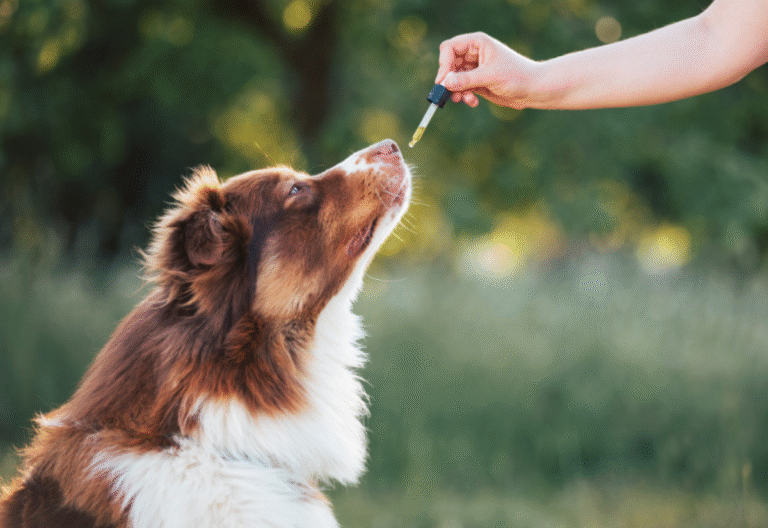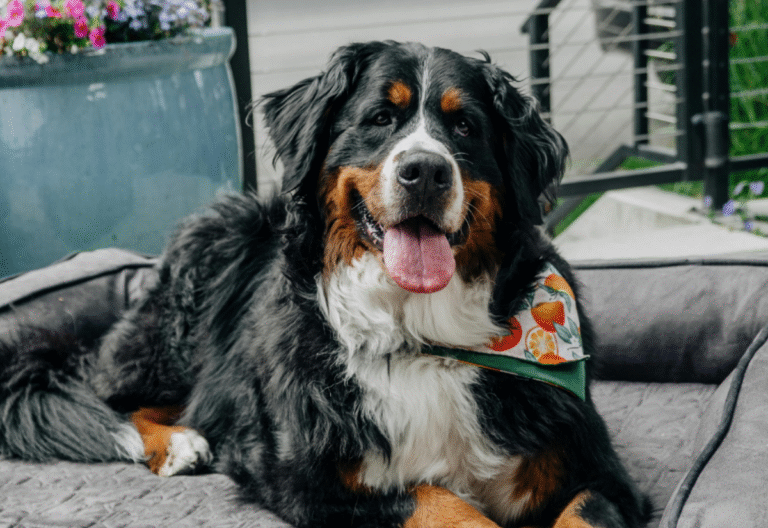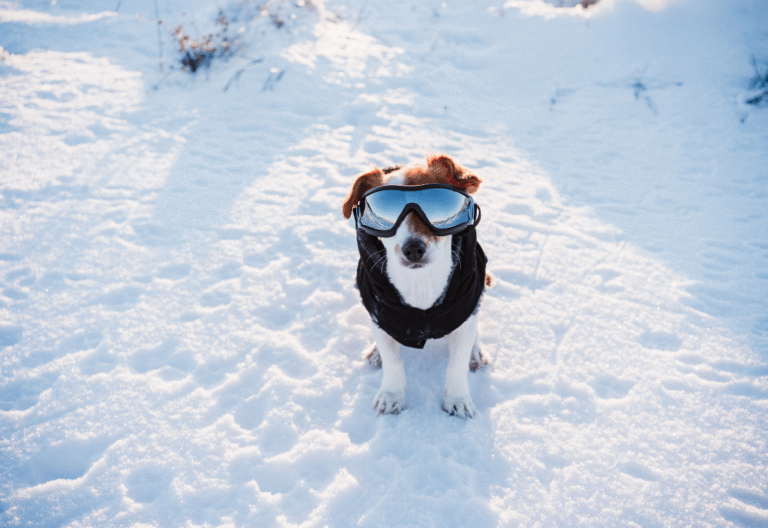How to Know When Quality of Life Is Declining in Senior Dogs
As devoted pet parents, understanding how to know when quality of life is declining in our beloved senior dogs represents one of our most challenging yet crucial responsibilities. Our aging canine companions can’t verbally express their discomfort or pain, making it essential for us to become keen observers of subtle changes in their daily routines, physical condition, and emotional well-being. Recognizing these signs early allows us to make compassionate, informed decisions that prioritize our dog’s comfort and dignity during their golden years.
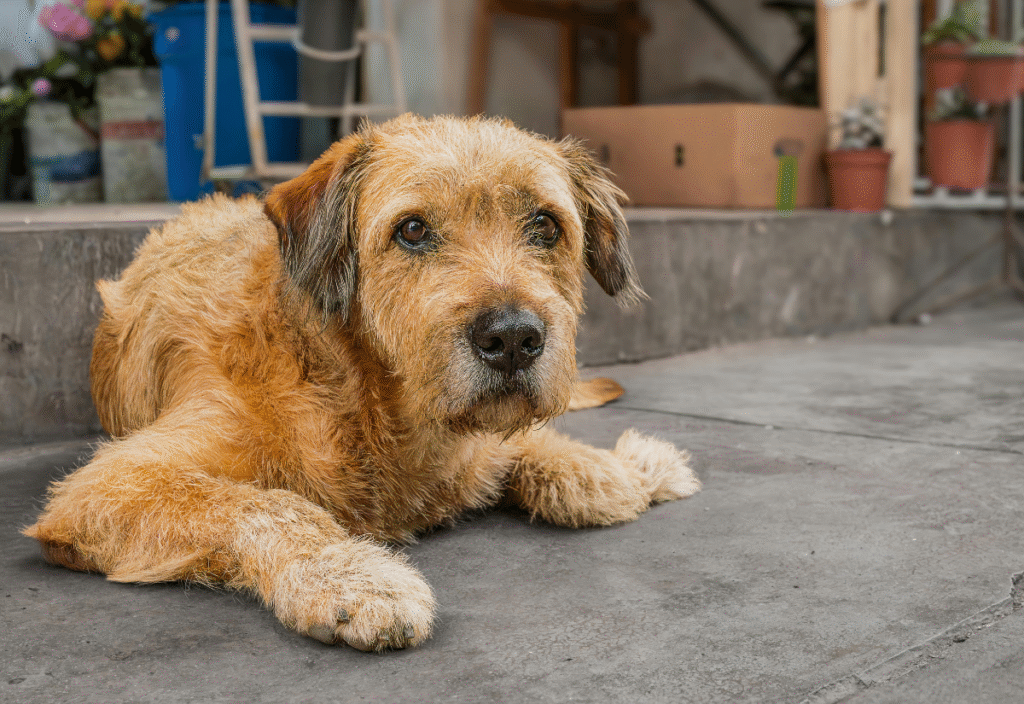
Recognizing the Warning Signs: When Your Dog’s Quality of Life May Be Declining
Physical Changes That Signal Decline
Mobility and Movement Issues
- Difficulty rising from lying down or reluctance to stand after resting
- Hesitation before climbing stairs or complete avoidance of steps
- Shortened walks with frequent stops or requests to return home
- Stiffness that worsens after periods of inactivity
- Trembling or shaking, particularly in the legs
Appetite and Eating Patterns
- Significant decrease in food consumption over several days
- Difficulty chewing hard kibble or treats they once enjoyed
- Dropping food while eating or messier eating habits
- Complete loss of interest in favorite treats or meals
- Excessive drooling during or after meals
Pain-Related Behaviors
- Vocalization when moving, being touched, or changing positions
- Heavy panting when not hot or after minimal exertion
- Restlessness, inability to find comfortable sleeping positions
- Protective posturing or reluctance to be petted in certain areas
- Changes in gait, such as limping or favoring one side
Emotional and Cognitive Changes
Social Withdrawal Patterns
- Decreased enthusiasm for greeting family members at the door
- Reluctance to participate in previously enjoyed activities
- Seeking isolation in quiet, hidden areas of the house
- Reduced tail wagging or other happy expressions
- Less engagement during petting or cuddle time
Cognitive Function Decline
- Disorientation in familiar environments
- Getting “stuck” in corners or behind furniture
- Staring blankly at walls or into space
- Forgetting learned commands or house training
- Disrupted sleep patterns, including nighttime wandering
Anxiety and Behavioral Shifts
- Increased clinginess or separation anxiety
- Excessive panting or pacing, especially at night
- New fears of familiar sounds, objects, or situations
- Repetitive behaviors like circling or excessive licking
- Changes in response to family routines
Daily Care Challenges
Hygiene and Bodily Functions
- Accidents in the house despite previous house training
- Inability to signal the need to go outside
- Difficulty maintaining personal cleanliness
- Strong odors that persist despite regular bathing
- Matted fur from reduced self-grooming
Sleep and Activity Changes
- Sleeping significantly more than 12-14 hours daily
- Restless sleep with frequent position changes
- Complete disinterest in toys, walks, or playtime
- Difficulty finding comfortable positions for extended periods
Professional Assessment Tools for Quality of Life
The HHHHHMM Quality of Life Scale
Veterinary professionals commonly use this comprehensive scale to evaluate:
- Hurt: Is pain successfully managed and controlled?
- Hunger: Does your dog maintain interest in food and adequate nutrition?
- Hydration: Can your dog access and consume sufficient water?
- Hygiene: Can your dog stay reasonably clean and dry?
- Happiness: Does your dog express joy and engage with family?
- Mobility: Can your dog move around with reasonable comfort?
- More Good Days: Do good days outnumber the difficult ones?
Keeping a Daily Quality Journal
Document your observations daily, noting:
- Pain levels on a scale of 1-10
- Appetite and water consumption
- Mobility challenges or improvements
- Sleep quality and duration
- Social interactions and mood
- Bathroom habits and accidents
This record becomes invaluable during veterinary consultations and helps identify gradual changes that might otherwise go unnoticed.
Professional Support Options
Veterinary Hospice Care: Specialized veterinarians provide in-home assessments, pain management, and quality of life consultations.
Pet Physiotherapy: Certified animal physiotherapists can assess mobility and recommend targeted exercises or treatments.
Behavioral Consultations: For cognitive decline issues, veterinary behaviorists offer specialized guidance and medication options.
Compassionate Support Strategies
Environmental Modifications
Creating a senior-friendly home environment significantly impacts your dog’s comfort and confidence. Consider installing night lights for dogs with vision changes, using baby gates to prevent falls down stairs, and providing multiple water stations throughout the house for easy access.
Pain Management Approaches
Work closely with your veterinarian to develop a comprehensive pain management plan that may include prescription medications, joint supplements, massage therapy, or alternative treatments like acupuncture. Regular monitoring ensures treatments remain effective as conditions change.
Maintaining Dignity and Connection
Even as capabilities decline, maintaining your dog’s sense of purpose and connection to the family remains crucial. This might mean shorter, more frequent walks instead of long hikes, or gentle indoor games that don’t require extensive movement.
Essential Products for Senior Dogs with Declining Quality of Life
Mobility and Comfort Solutions
Orthopedic Support

- Memory foam beds with removable, washable covers
- Elevated beds that provide joint support and temperature regulation
- Therapeutic heating pads designed specifically for pets
Mobility Aids

- Adjustable dog ramps with non-slip surfaces for cars and furniture
- Support harnesses with handles for assistance during walks
- Booties or paw grips for traction on slippery surfaces
Daily Care Assistance
Feeding Solutions
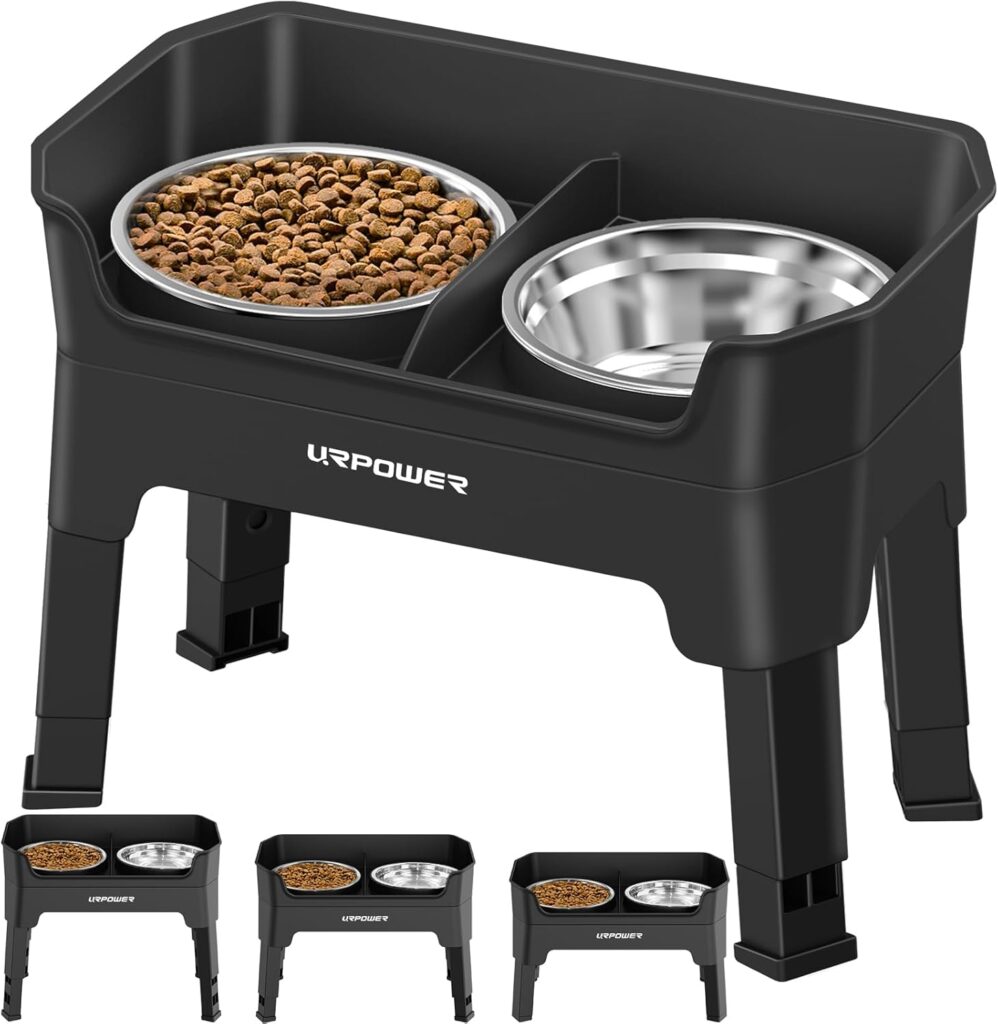
- Elevated food and water bowls to reduce neck strain
- Slow-feed bowls for dogs with eating difficulties
- Soft food options or food puzzles adapted for limited mobility
Hygiene Management

- Washable dog diapers or belly bands for incontinence
- Waterproof bed protectors and easy-clean flooring options
- Gentle, no-rinse shampoos for dogs who struggle with baths
Health Monitoring
Supplements and Medications

- Joint support supplements containing glucosamine and chondroitin
- Omega-3 fatty acid supplements for inflammation reduction
- Prescription pain medications as recommended by veterinarians
Monitoring Technology

- Pet cameras with two-way audio for remote check-ins
- Activity monitors to track movement and sleep patterns
- Temperature monitoring mats for dogs with circulation issues
Emotional Support
Anxiety Relief
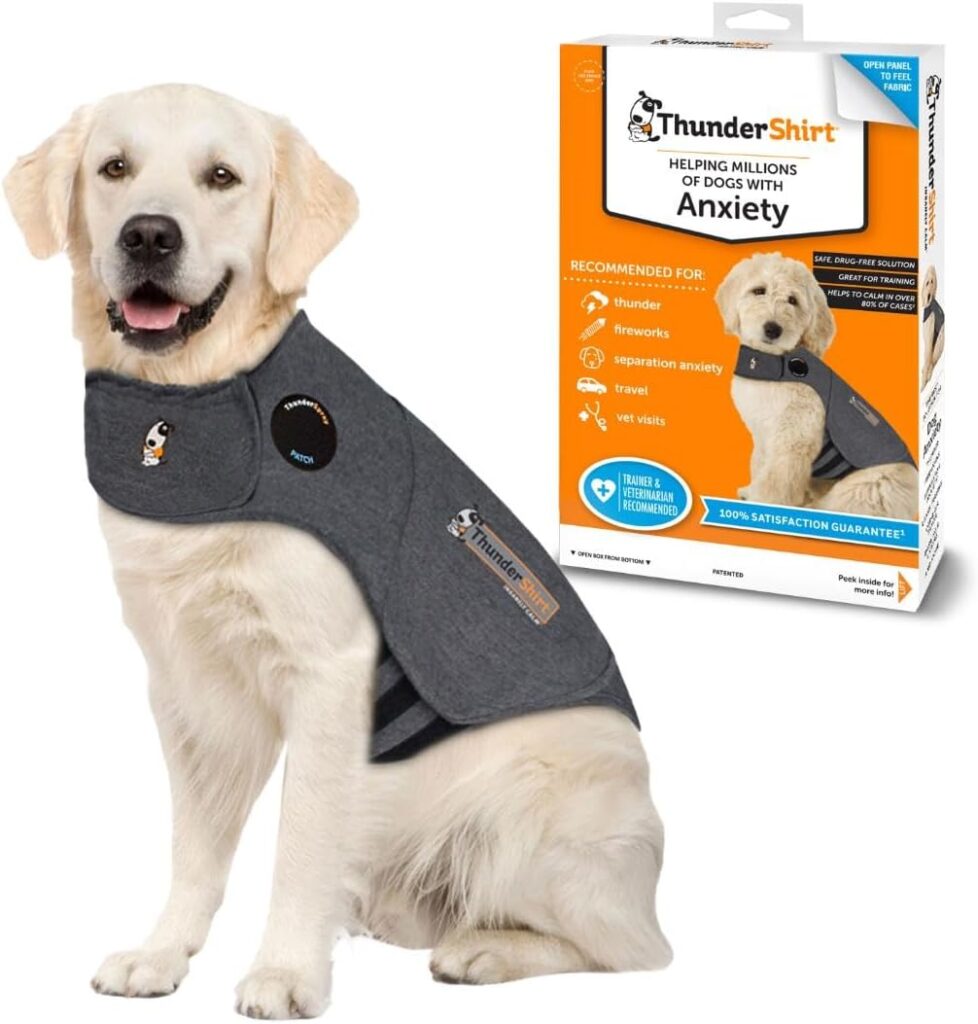
- Pheromone diffusers or sprays to promote calmness
- Anxiety wraps or thunder shirts
- Calming supplements with natural ingredients like chamomile or valerian
When to Seek Professional Guidance
Contact your veterinarian immediately if you notice:
- Sudden, dramatic changes in behavior or appetite
- Signs of severe pain despite current treatments
- Difficulty breathing or excessive panting
- Multiple accidents or complete loss of house training
- Disorientation that poses safety risks
Regular quality of life assessments with your veterinary team help ensure you’re making informed decisions based on your dog’s current condition rather than past capabilities or future fears.
Final Thoughts
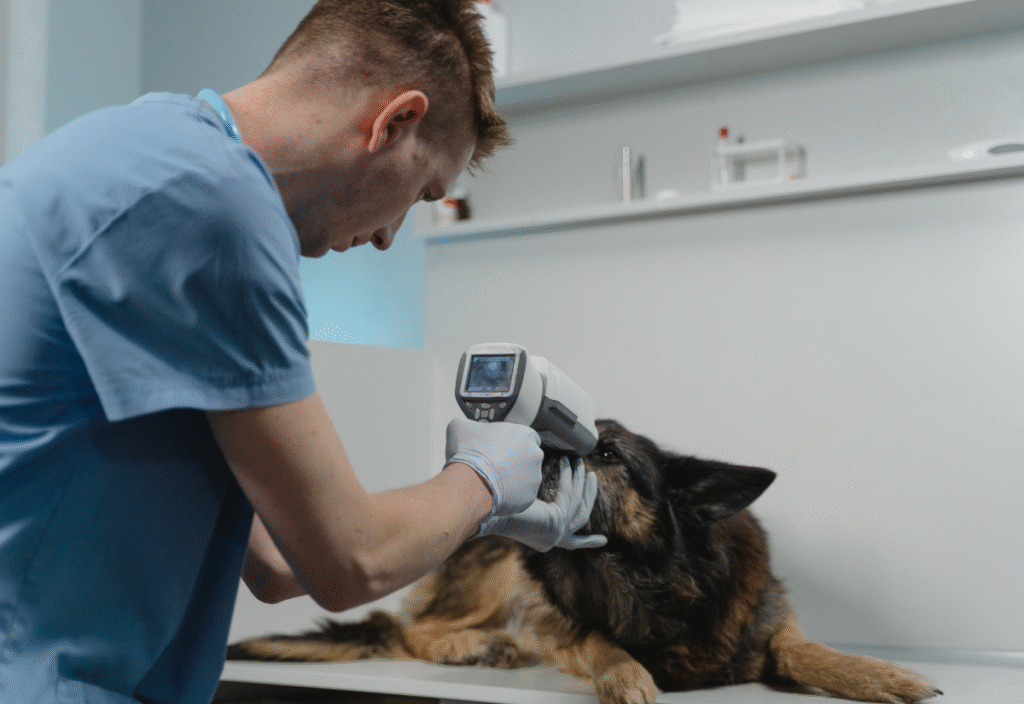
Understanding how to know when quality of life is declining requires patience, observation, and deep love for our canine companions. This journey isn’t about giving up—it’s about honoring the incredible bond you’ve shared by ensuring your dog’s comfort and dignity throughout their senior years.
Every dog’s experience with aging is unique, and what constitutes acceptable quality of life varies between families and individual dogs. Some dogs adapt remarkably well to physical limitations, while others may struggle more significantly with even minor changes. The key lies in honest assessment, open communication with your veterinary team, and trusting your instincts about your dog’s well-being.
Remember that seeking professional help, making environmental modifications, or eventually considering end-of-life care doesn’t represent failure—it demonstrates the depth of your love and commitment to your faithful friend. Your senior dog has given you years of unconditional love, loyalty, and companionship. Now, it’s your opportunity to return that devotion by ensuring their final chapter is filled with comfort, dignity, and peace.
The decisions you face may be difficult, but they’re also a final gift you can give to a beloved companion who has enriched your life immeasurably. Trust in the bond you’ve built together, lean on professional support when needed, and know that choosing compassion over convenience is the ultimate act of love.
Stay Connected
Caring for a senior dog can feel overwhelming, but you don’t have to do it alone.


